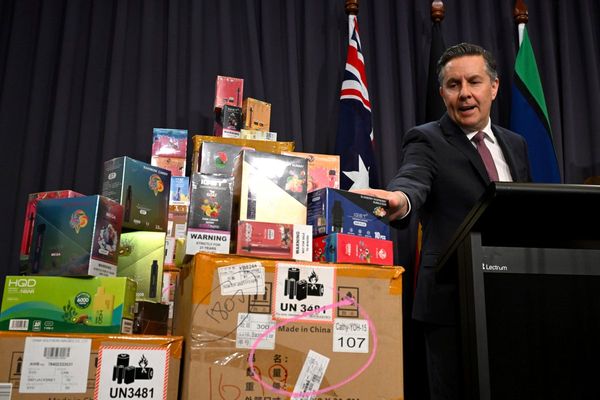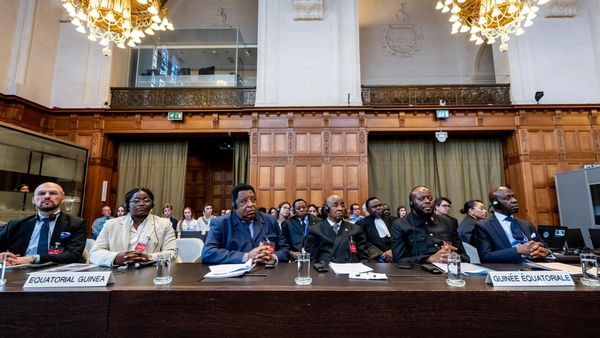Indian Railways recently took an audacious step to introduce dynamic pricing in the Rajdhani, Shatabdi and Duronto premium trains. The move is unsurprising, as revenue at the national carrier is declining, although calling the move surge pricing when the transporter runs a monopoly has drawn much criticism.
Cumulative railway revenue from April to August this year dropped 5%, the first fall in at least six years, as the chart shows.
In the first five months of the previous six fiscal years, revenue grew in the range of 7-20%. The latest measure will bring in additional revenue, but it alone may not be able to arrest the falling revenue trend.
Passenger revenue generates less than a third of railway revenue. Some 67% of last fiscal year’s revenue came from freight. And revenue in the freight segment is falling due to weak traffic—freight volumes were down 7.5% till July. Consequently cumulative goods revenue till August was down 9.7%.
So even if the hike in passenger fares for selected trains perks up passenger revenue by 10%, goods services, due to their sheer size and falling revenue trend, can overwhelm the positive effect. It may also happen that the dynamic pricing would not have a big impact on passenger revenue, as volumes are not growing—they were up just 0.3% till August this year.
Of course, this is not to undermine the need for raising fares. But the paucity of measures—addressing the ticket pricing problem only in bits and postponing the overall revision in fares based on costs—means that any financial revival is likely to be a very long-drawn process at Indian Railways.








